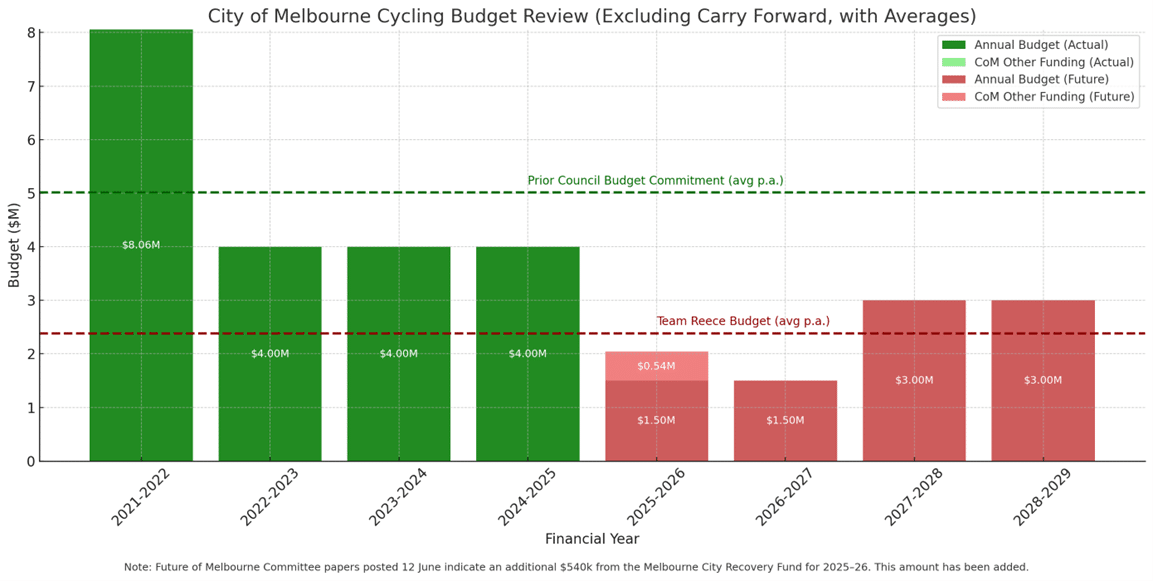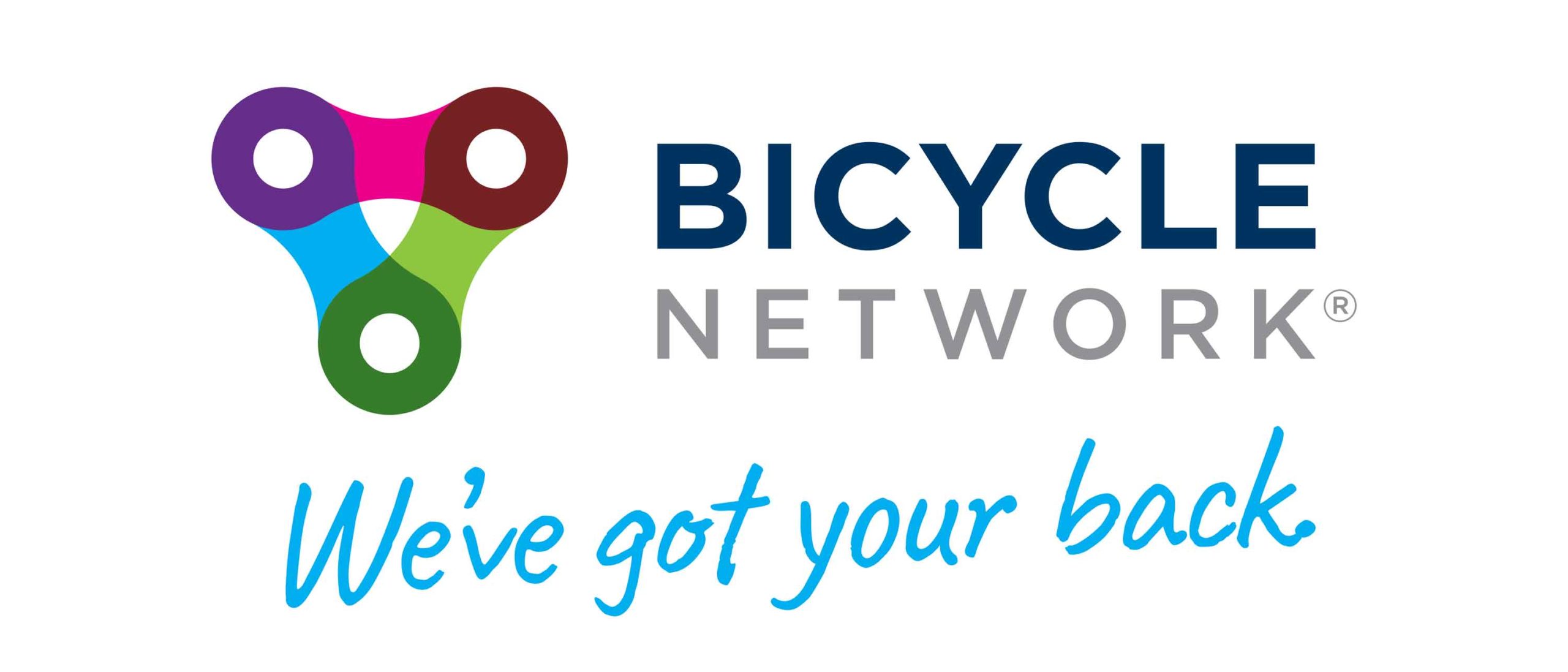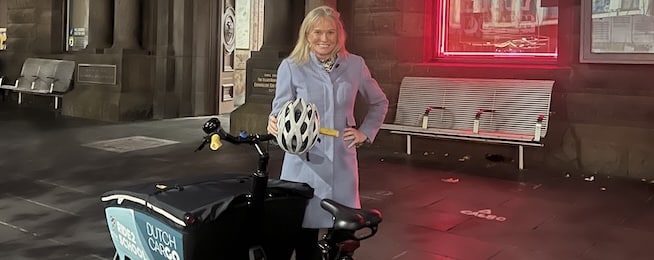By Alison McCormack, CEO, Bicycle Network
Last week, the people of Melbourne sent a message that could not be ignored.
In response to the City of Melbourne’s draft 2025–26 budget, a record-breaking 1,558 submissions were received – a 50-fold increase on last year. Of those, an overwhelming 94% (1,459) supported investment in bike infrastructure, and the majority called for increased funding.
Even more remarkably, 179 people registered to speak at the Future Melbourne Committee meeting on 17 June, triggering a marathon Council session that ran until almost midnight.
The energy, passion and clarity from community members – from parents and everyday commuters to first-time riders and seasoned advocates – left no doubt: Melbourne wants safer streets, connected bike networks, and action – not delay.
We want to thank every person who submitted, spoke, or simply showed up. You’ve made a powerful impact. Now the question is: Will Council respond?
The Budget Doesn’t Match the Promise
The draft 2025–26 budget allocates just $1.5 million in new Council funding to bike lane infrastructure and proposing $9 million over four years.
This is a significant step down from the previous Council term, which committed $5 million per year and $20 million over four years plus carry-forward funding for unfinished projects. (Table 1)
The current draft budget falls well short of the level of investment needed to deliver on the City’s stated goals – including its own Transport Strategy 2030 – and the public election commitment made by Lord Mayor Nick Reece.
On 9 October 2024, just before the Council election, Cr Reece stated:
“Lord Mayor Nick Reece will maintain investment in bike lanes over the next four years at the same level as the previous term of council.”
That means $5 million per year – not $1.5 million.
The Numbers Keep Changing
One of the most frustrating aspects of this process has been the shifting narrative around how much Council is actually investing in bike infrastructure. Over recent weeks, the figure has grown – not through new budget commitments, but by creative redefinitions of what “bike funding” means.
Here’s the evolving list of claims:
- $1.5 million – The figure clearly stated in the official draft budget. This is the only confirmed new Council funding.
- $2.7 million – Claimed by Council officers, this includes:
- $549,000 in match funding buried elsewhere in the budget,
- a $100,000 grant, and
- $600,000 in carry-forward funds from incomplete projects.
- $3.4 million – Claimed by the Lord Mayor in a meeting and a subsequent letter to Bicycle Network dated 6 June. This excluded the $100,000 grant but included $800,000 in State Government Metro Tunnel funding – a project funded and delivered by the State, not the City.
- $3.5 million – And just this past Saturday in The Age, the figure increased again, with a claim that all of the above should be counted.
Let’s be clear:
- Carry-forwards aren’t new investment.
- If there are additional grants and match funding, why aren't they included in the bike lane budget?
- State projects are not Council delivery or funding.
- And spinning numbers in the media doesn’t deliver bike lanes on the ground.
This is preposterous.
And Where Did the $1.75 Million Carry Forward Go?
Adding to the confusion, there is a serious question about unaccounted-for funding from the previous year.
On 27 August 2024, Council passed a resolution committing to carry forward all unspent bike lane funds into future years. But in report from management at the meeting on the 17th June, a $1.75 million carry-forward from FY2024–25 was omitted from the figures presented to councillors. Where did that $1.75 Million funding go?
At the Council meeting on 17 June, Cr Olivia Ball asked management to explain this missing funding. They could not – and had to take the question on notice.
This raises real concerns about transparency and accountability. When committed funds disappear without explanation, public confidence in the budget process is understandably shaken.
Misinformation? Let’s See the Facts
In his 6 June letter, the Lord Mayor accused Bicycle Network of providing “misinformation” to our members regarding the budget.
We took that accusation seriously – and responded in good faith, requesting clarification on specific points in his letter that did not match our analysis. We asked directly:
- Where have we misunderstood?
- Which of our figures are incorrect?
- Asked a series of questions regarding delivery
Answers were not provided. After a few follow ups, a further letter (dated 16 June) was sent by the Lord Mayor– which did not address or correct any of our questions and offered no evidence of inaccuracy in our analysis and doubled down on the $3.4m spend claim.
And on 17 June, during the public council meeting, it became clear to all watching that the figures and interpretation provided by Bicycle Network were correct – while the narrative from Council continued to shift.
It’s hard to escape the conclusion that this was an attempt to generate confusion, cast doubt, and create just enough noise to bury the budget in spin. But the community was watching. And they saw through it.
A Strategy Without a Budget Is Just a Wish
The City of Melbourne’s Transport Strategy 2030 commits to building 50km of new, physically protected bike lanes on Council-managed roads by 2030.
So far, just 24km have been delivered. Without adequate funding, the remaining 26km will simply not be completed in time.
Delivery is already behind. Of the 16 projects due by 30 June 2025:
- Only 2 are completed, and
- Just 2 more are under construction, according to the City’s own reporting.
Meanwhile, 10 new bike lane project including key corridors like Flinders Street are scheduled to be completed next year. But with only $1.5 million in new funding, there is no realistic pathway to deliver them.
What Bicycle Network Is Calling For
Bicycle Network is calling on the City of Melbourne to:
- Allocate $5 million in new Council funding for bike lane infrastructure in 2025–26, and
- Commit to $5 million per year for the three years following – a total of $20 million in new funding over four years.
- Specifically deliver the Council-endorsed (in April 2024) four-year cycling infrastructure program.
This is not ambitious. It is the bare minimum required to deliver on the City’s own transport strategy and to honour the promises made to the public.
“This Is Democracy in Action”
Despite the confusion, there is hope.
At the Council meeting on 17 June, the Lord Mayor and councillors listened carefully to every speaker who had the chance to contribute and noted that they had read the submissions made by the public. They clearly stated that they will review the draft budget in light of this input, and finalise the budget on 30 June 2025.
We take them at their word.
Given the overwhelming response from the community – and the promises that have been made – it’s hard to imagine how Council could not increase the budget to the level that was pledged.
We know many people who registered to speak on the night didn’t get the chance due to the late hour. Everyone deserves to be heard. So if you made a submission – or even if you didn’t – and still want to raise your voice, please email the councillors and tell them why this matters to you.
We’ll be publishing a full list of councillor contact details on our website Friday 20 June, along with the almost 1,500 heartfelt submissions from the community.
As the Lord Mayor himself said on the night:
“This is democracy in action.”
Let’s keep it going.
Please send your emails.
Every voice counts.
Thank you again – from all of us at Bicycle Network.
Let’s ride.
Notes
- City of Melbourne Cycling Budget Review (Excluding Carry Forward)
Future funding under the current draft budget sits well below the previous Council’s commitment of $5 million per year. Even with other funds added, it falls short of the $20 million minimum needed to meet the city’s cycling goals.

- Actual Spend on Bike Infrastructure
During the 17 June Council meeting, the Lord Mayor attempted to reinterpret his original promise, suggesting that the last year’s and this current year’s expenditure somehow fulfilled his commitment to maintain previous funding levels.
But the data tells a different story.
The chart below shows actual spend on bike infrastructure – not claims, not budgeted totals, but dollars actually delivered. It is reasonable to measure the previous Council’s performance over the period 2020–21 to 2023–24, when they governed for the majority of the time. The average actual spend during this period was $4.68 million per year.
Under the current Council, spend has dropped – and the Team Reece average sits significantly lower. Promises are not kept through interpretation. They are kept through investment.

- Project Status by Financial Year
Only 2 of 16 projects due by June 2025 are complete. 12 are overdue. And none of the 15 projects scheduled for 2025–26 and 2026–27 have commenced. The delivery pipeline – from design to consultation to construction – appears non-existent.



